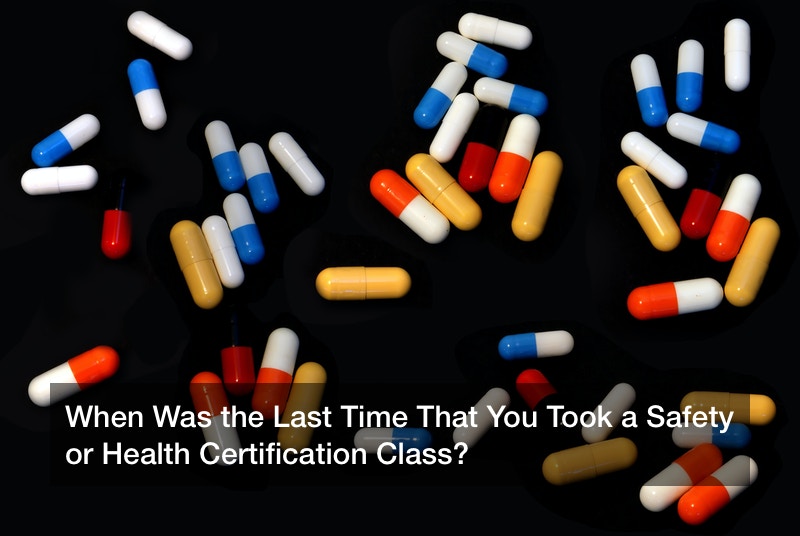
Offered in two different training formats, Basic Life Support (BLS classes) are available in blended learning environments, as well as more traditional classroom training settings. All if the certified BLS class options are designed to provide the same American Heart Association (AHA) science-based skills and result in the same certification.
In a time when the nation is preparing to deal with unprecedented situations surrounding the Coronavirus pandemic, there are many people who fear that there will be a greater need for medically trained laypeople to fill in if hospital staff members themselves are ill and unable to go into work. From basic first aid training to more detailed CPR certification courses and BLS classes, it is important to know that the training you receive will help you in any number of situations.
The American Health System Will be Tested During These Next Six Months
There was a time not very long ago, when the decision to get BLS class certification was the gathering of a skill that few would really used. As a safety precaution, teachers, custodians, and daycare workers alike worked on skills that could help them in the event of an emergency. Today, however, when the nation is dealing with a growing pandemic, these same skills may make a difference in many Americans getting the care that they need even when they are in the hospital. As infectious disease experts prepare for the reality that many health care workers might themselves become too sick or tired to administer the care that is needed, contingency plans involve bringing former workers out of retirement, and at times, training up laypeople to join these forces.
As experts have been warning, one of the threats of the current pandemic situation in the country is that in addition to the people who are contracting the Coronavirus, there are also the typical health conditions that hospitals are dealing with. People are still having heart attacks, diabetics are still crashing, and mothers are still delivering babies. Fearful that the latest outbreak will tax a system that is already stretched thin, it is important to know that there will be enough workers to care for everyone. As a result, these are times when there will likely be a renewed interest in basic CPR and BLS classes.
Consider some of these facts and figures about the many times when medical training, even by lay people, can serve as a major advantage:
- The survival chances of a victim will decrease 7% in every single minute of delay if a bystander does not perform CPR.
- CPR aids in maintaining vital flow of blood to the heart and the brain. It also aids in increasing the duration of electric shock provided via a defibrillator, making the process more effective.
- Now a common site in many public buildings, onsite AED (Automatic External Defibrillators) use significantly reduced the time to first shock from 7.3 to 3.3 minutes.
- Neurologically intact survival was 93% for patients treated with an onsite AED when compared to 9% without an AED.
- Although we often think of hospitals and clinics as the places where the most care is administered, it is important to note that more than 350,000 cardiac arrests occur outside of the hospital each year.
How prepared are you for the biggest health crisis that America has faced in year? In addition to having a two week supply of food and supplies in your home, do you have skills that could help the community. IF the worst happens and there are hospitals and medical staffs bursting at the seams, there may come a time when others will be asked to step in. In fact, anyone who had any kind of training in basic life saving skills may find themselves called upon to fill in. No one today is completely certain about the events that will occur during the next two to six months. What everyone does know, however, is that the need for medical personnel will be important. Any one who has been trained in CPR or BLS skills, in fact, may find themselves helping out in a greater capacity than they have had to do in the past.

